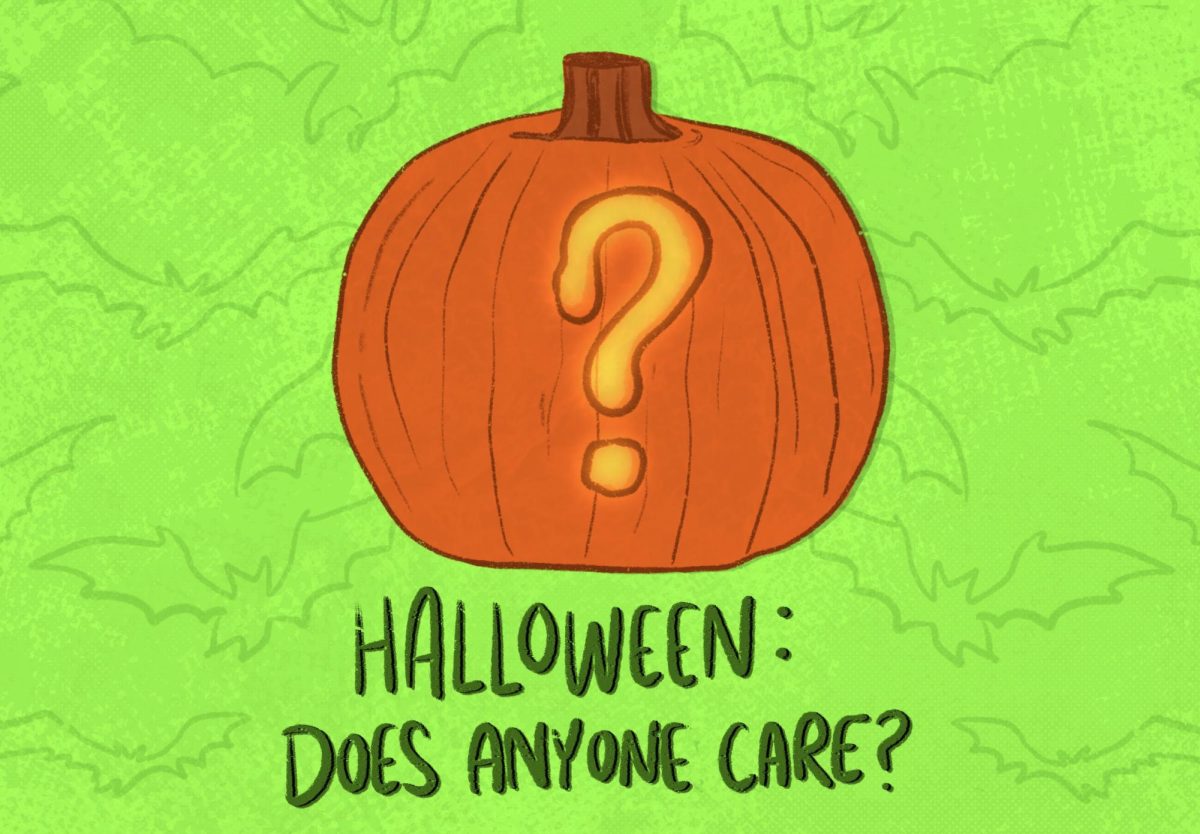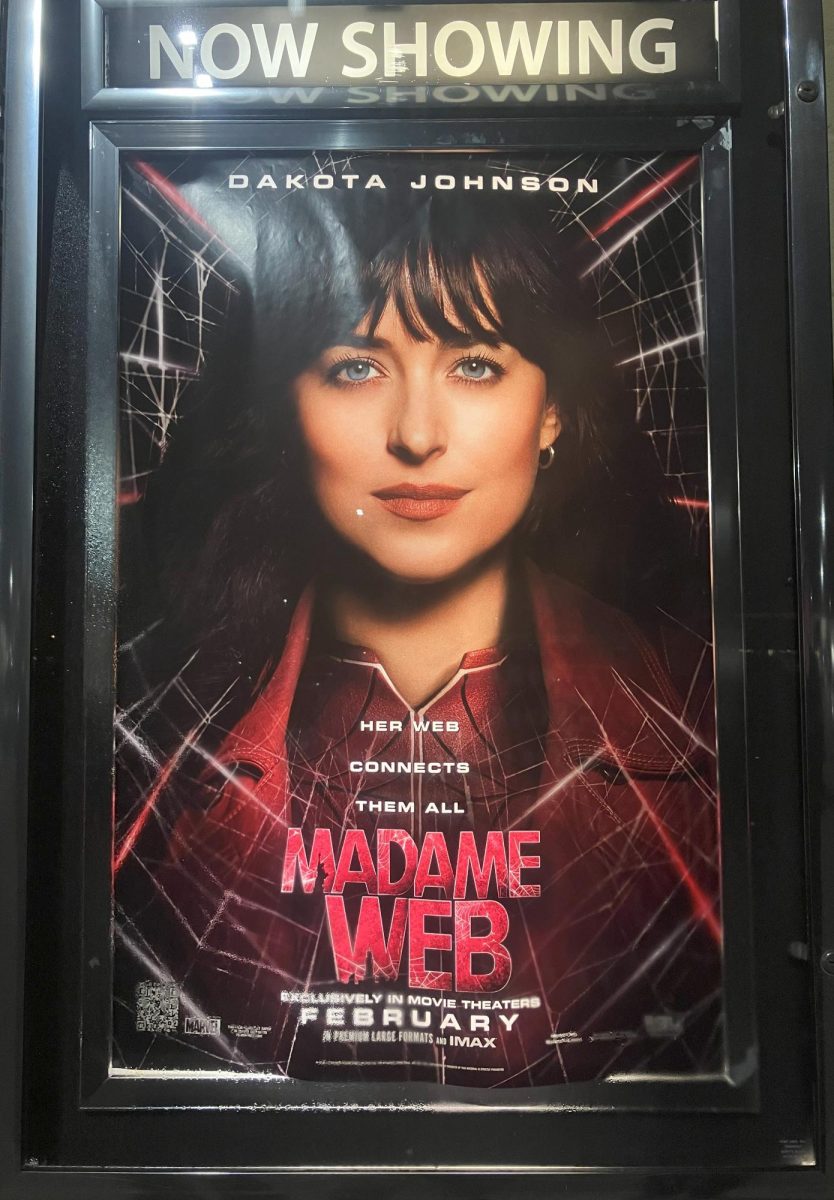After recently watching the video “Is it Local?” on YouTube from the Independent Film Channel series “Portlandia,” the increasing popularity of meat in the media and our growing curiosity as a society to know exactly where it’s coming from was brought to my attention.
For those who haven’t seen the clip, it features a couple from Portland who, while dining out, want to know more about the chicken they are about to consume. The segment is obviously poking fun at the growing concern surrounding the availability of local, organic and free-range meat options. The couple come to find the chicken’s name was Colin, he had four acres of land to roam free, and he was fed a diet of sheep’s milk, soy and hazelnuts.
Although it sounds extreme, this depiction doesn’t seem too far from the reality of our nation’s increasing desire to learn more about the meat industry which has been heavily discussed in the media since the beginning of the 21st century.
According to a 2003 CNN.com article, the “first apparent U.S. case of mad cow disease discovered” was recognized after the USDA decided to run tests on a cow that was unable to walk by the time it reached the slaughterhouse. Although the USDA had inspected the meat, it raised concerns of how an ill and crippled animal could even be considered a candidate for the next American meal.
Since then, the media have been bombarded with investigations regarding factory farming and the significance behind supermarket labels, such as USDA organic and free-range claims.
Through my own investigation, I have made the decision to become a vegetarian in response to the overwhelming presence of factory farming in the United States. The production of these animals, as I discovered initially in Michael Pollan’s best-selling book “The Omnivore’s Dilemma,” is not only inhumane for the animals, leaving them unnatural for us to consume, but is environmentally unsustainable to boot.
However, the purpose of this story is not to tell everyone to become a vegetarian like me. Watching “Is it Local?” allowed me to recognize the varying opinions from people such as my roommates, in response to the video’s portrayal of picky meat eaters.
One roommate from Montana said she grew up knowing where her meat came from. It’s traditional for her family to hunt elk, deer and even antelope for consumption, and this is a healthier option in her mind.
Another roommate from Seattle believes that although the majority of meat isn’t produced ethically, it remains an essential aspect of the human diet. Her solution? She’s conscious about eating only local and free-range meat whenever possible.
This goes the same for my Californian roommate, who, like the actors in the YouTube clip, recently asked at a Portland restaurant if the hamburger was local.
My conclusion? I think it’s great that people are thinking about the topic and making educated decisions about why or why not they choose to consume meat. It’s a personal choice to be respected and important to be discussed as more information is presented in the media.
Felicia Weller/Copy editor






